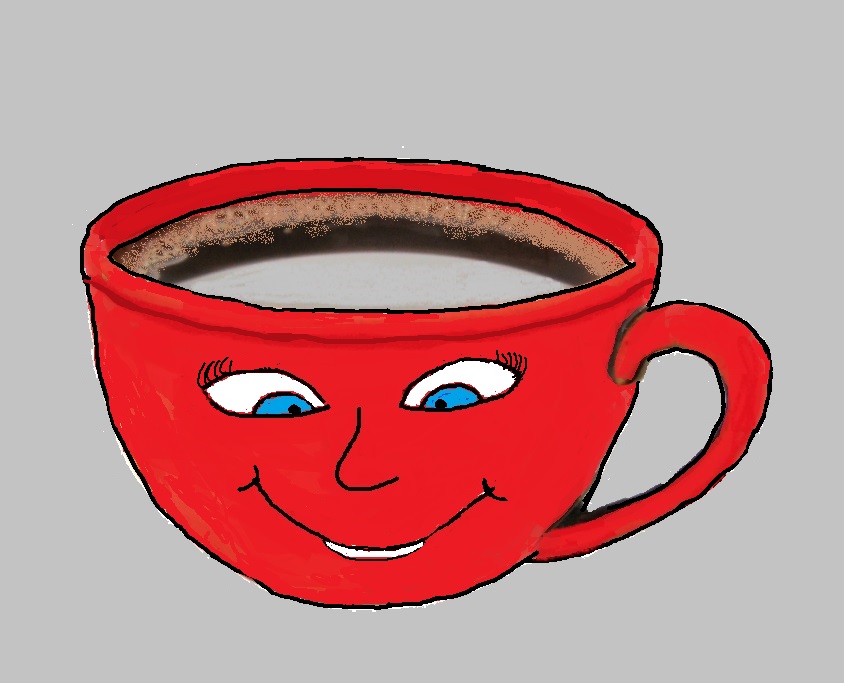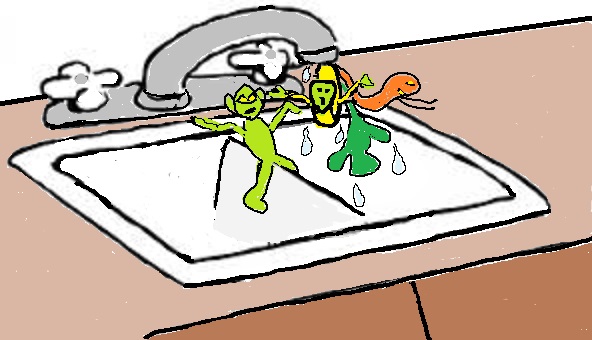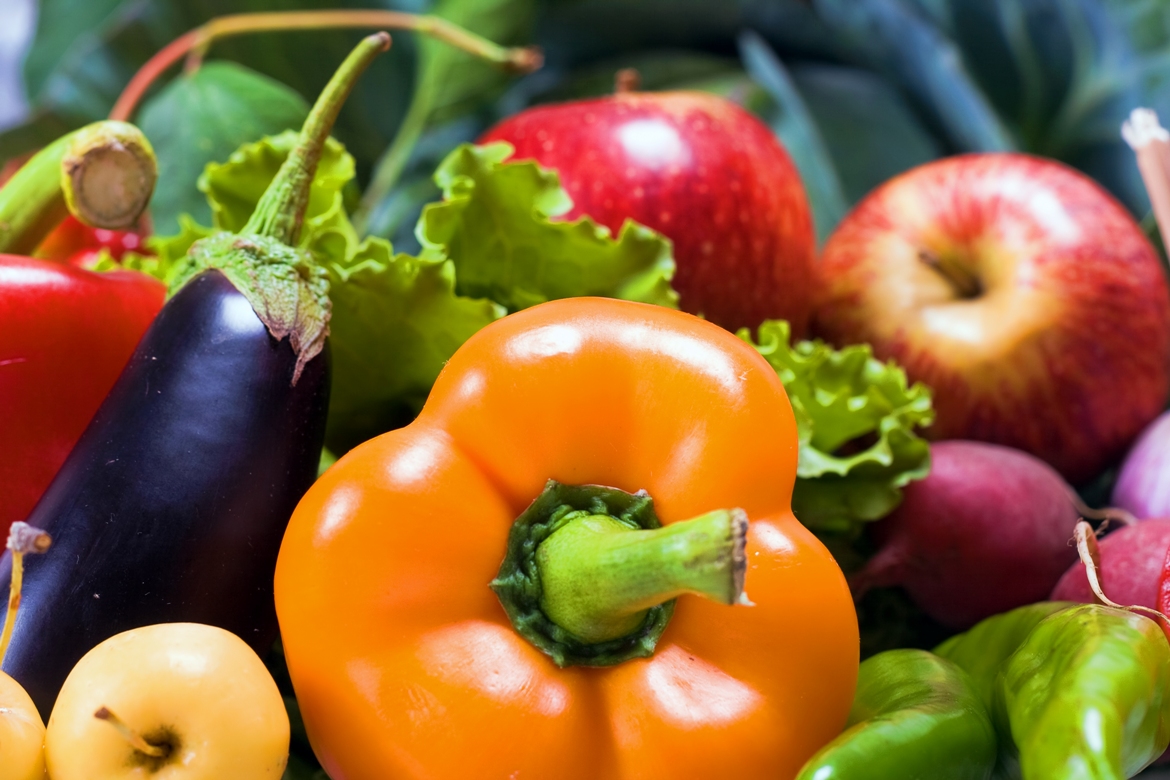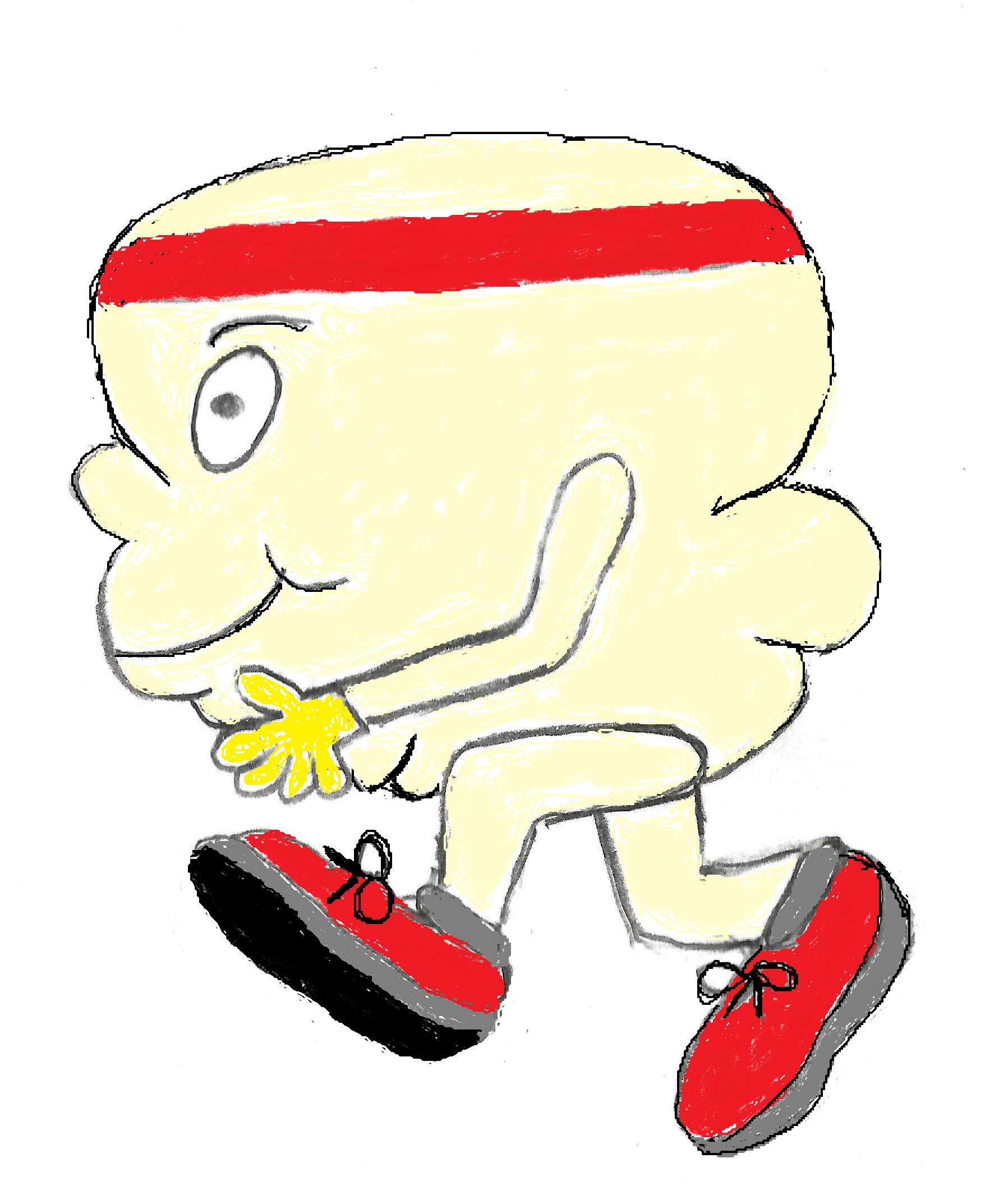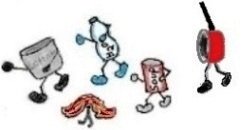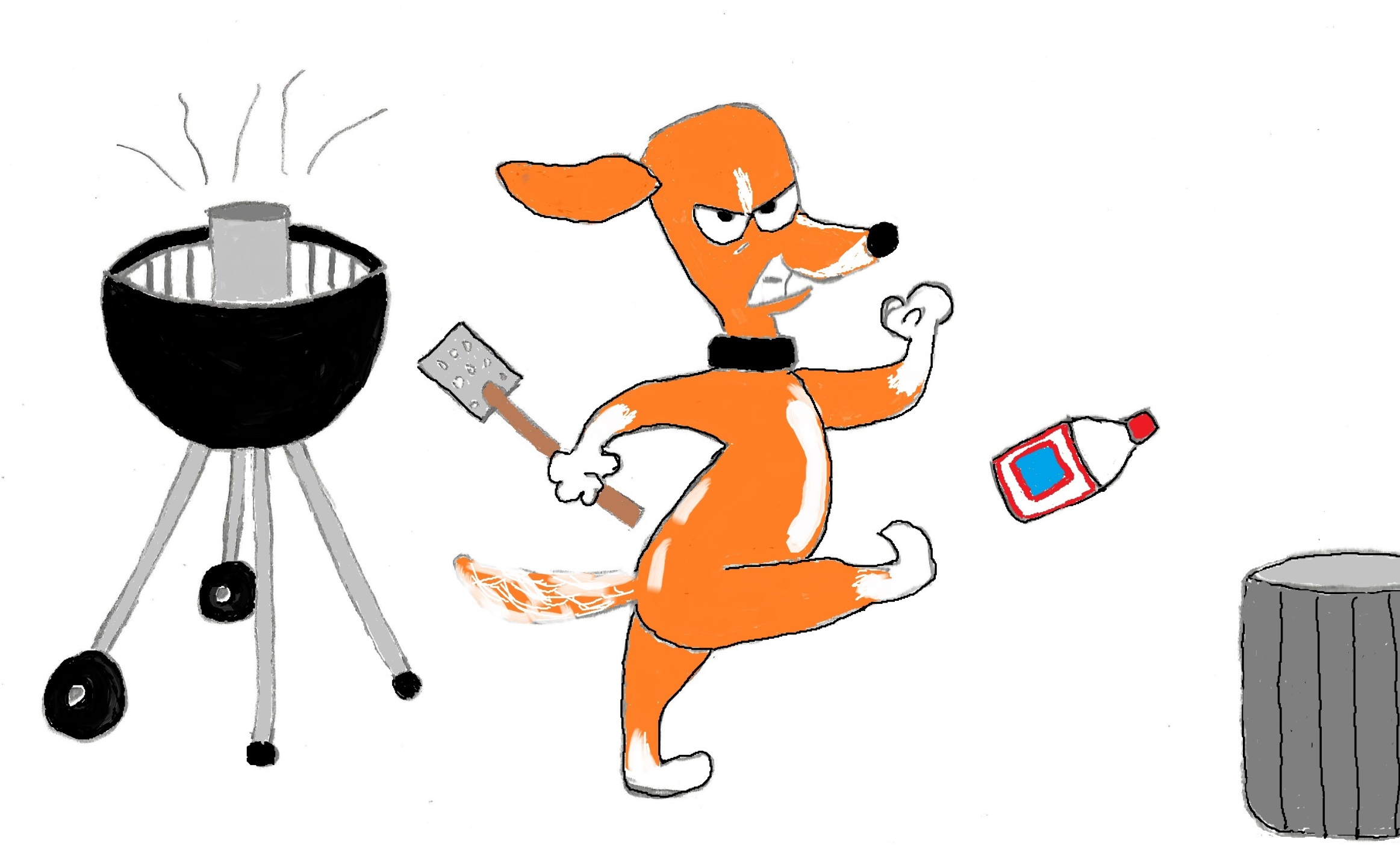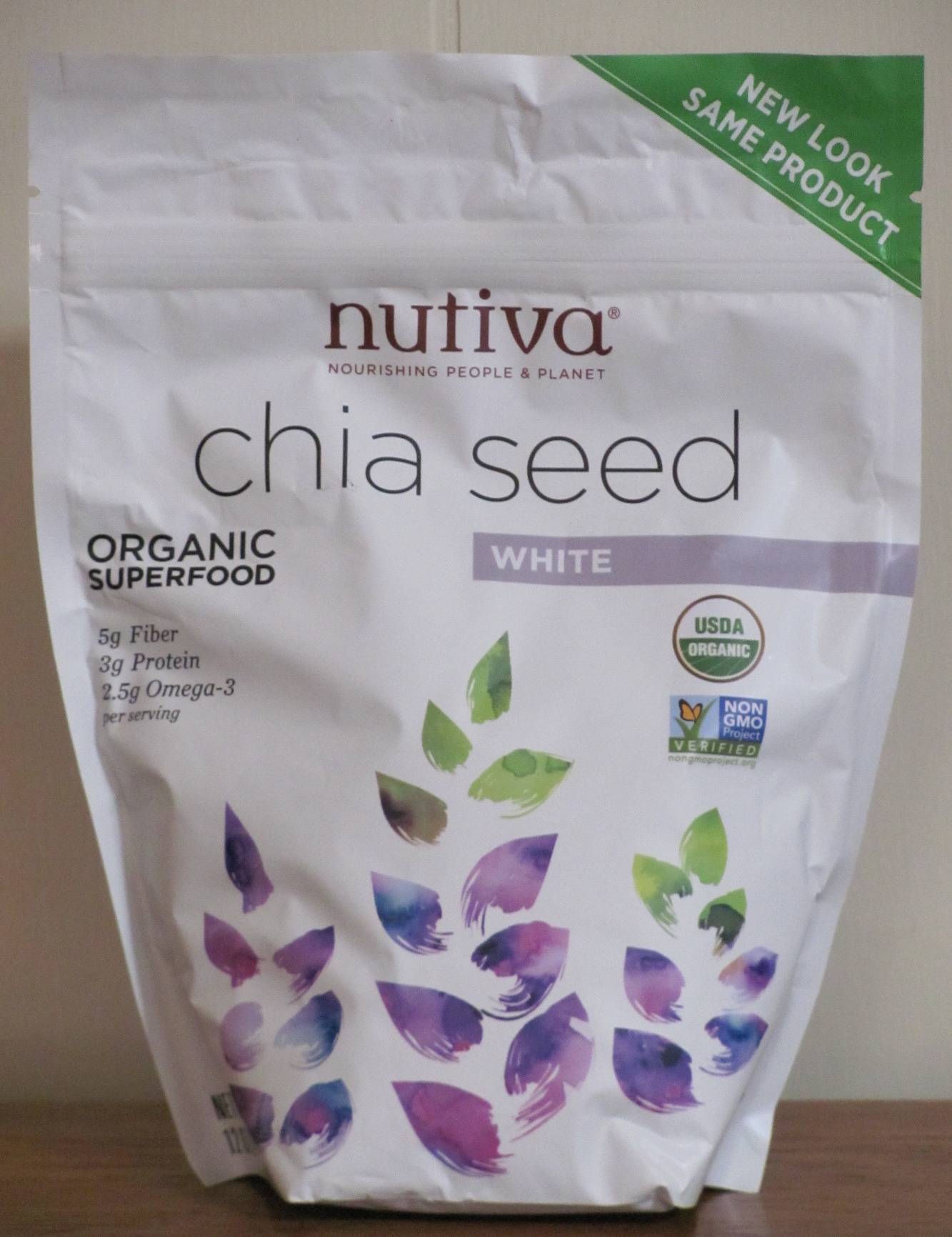- Home
- Non Toxic Food
- Detox Your Coffee
How to Brew a Non
Toxic Cup of Joe
Want to avoid exposure to a couple of pesticides, dioxin, a synthetic growth hormone, heavy metals, and numerous types of phthalates in your morning coffee? Want to detox your caffeine habit?
There are just four simple steps you need to take to avoid the toxic chemicals that may be lurking in your brew.
1. Go Organic
If you like to whiten your coffee you can avoid exposure to recombinant bovine somatotroph (rbST) and pyrethroid insecticides by switching to organic cow’s milk, soy milk, almond milk or half and half. rbST is a synthetic growth hormone linked to colon, breast and prostate cancer. Pyrethroid insecticides are neurotoxins, endocrine disrupters and possible carcinogens.
Using organic coffee is a personal rather than a non toxic living choice for me. While studies have shown that green coffee beans contain pesticide residue, those residues are removed in the roasting process. I use organic coffee because it’s better for the environment and the coffee plantation workers.
2. Clean Up Your Water
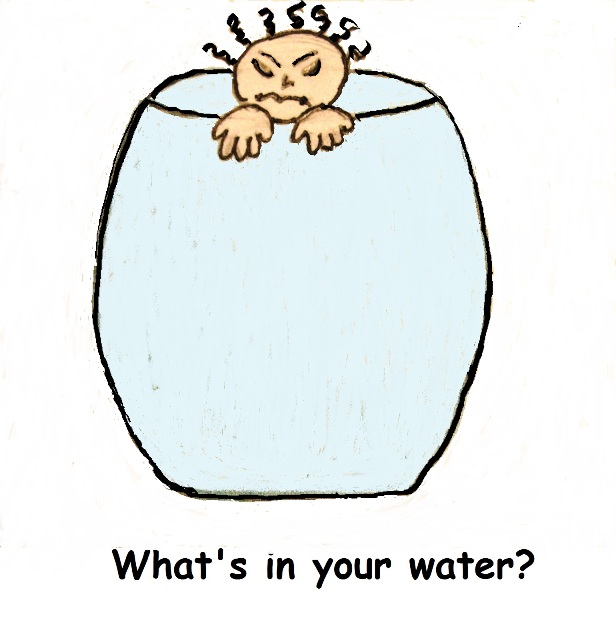
Two studies completed in the past year have found up to 260 different contaminants have been found in treated tap water. Everything from pills and pesticides to arsenic. So, filtering your water to remove some of the toxins is an important part of detoxing your coffee.
My suggestion when deciding on a filtering system is to investigate the drinking water issues where you live. Actually read your water supplier’s Consumer Confidence Report, which will identify what they have found in your water. Well owners can access these reports on the company’s website. The EPA.gov website is also a valuable resource.
I used Pur filtering systems for years because their 5-stage filters removed the most contaminants. However, a recent review on the performance of filtering systems had me rethinking this choice. In 2015 I switched to a Big Berkey filtering system.
I love it because it's simple to use and maintain and my filtered water tastes great. It's also stainless steel and removes the most contaminants of any countertop filter I've researched.
A cheaper option is the Aquagear Water Filter Pitcher. I don't like that it's plastic. But, according to lab testing it removes way more contaminates than any other plastic filter pitcher.
3. Filter it Right
This is one of the easiest non toxic solutions to adopt. All you have to do is reach for unbleached brown paper filters at the grocery store instead of white. Brown filters are available from Natural Brew and Melita.
Why? Because most paper is bleached using chlorine, a process that creates dioxin and organochlorine residues. Studies have found that if you make your coffee using white paper filters, 20-40% of the filter’s dioxins (including TCDD, the most toxic dioxin) can leach into your coffee. Dioxin and organochlorine exposure is linked to birth defects, cancer, and reproductive and developmental disorders.
4. Choose a Non Toxic Coffee Maker
We’ve all been there. You finally splurge on that great coffee maker you’ve had your eye on. So you unpack your new gadget and give it a try. Yikes! Your coffee tastes like plastic.
To me that plastic taste is undeniable proof that toxins are leaching from the plastic components in your coffee pot. And lots of studies have confirmed this.
Coffee pots are made with or include polycarbonate plastic, because it is strong and almost shatter-proof. But we know polycarbonate plastics contain BPA.
Also, polyvinyl chloride tubes are used to carry the water from the tank to the brew head exposing you to endocrine disrupting phthalates, the most commonly used plasticizers in the world. The tiny particles of plasticizer contained within plastics are very mobile. They are not bound to the products they are in so they leach out easily.
If your coffee maker uses pods or capsules, your exposure to plasticizers increases. One study found that 3 types of phthalates, DMP, DiBP and DEHP, leached from plastic pods. Polystyrene capsules were found to leach the same 3 phthalates, plus 2 more, DEA and DEHS.
To avoid exposure to endocrine disrupting chemicals like phthalates and BPA, choose a non toxic coffee maker made with stainless steel or glass.
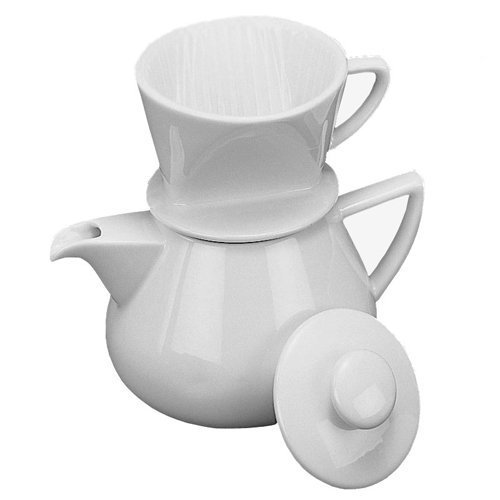
Unfortunately, if you love the taste of drip coffee there are no non toxic (non plastic) options unless you’re willing to try the manual drip method. I use a porcelain drip system that is quite handy when the power goes out, which happens at my house whenever the wind blows or a tree falls in the forest.
This method is low tech, cheap and makes great coffee. On the downside it is time-consuming. You need to boil water and then pour it slowly over the coffee grounds.
For the best manual drip coffee use a goose neck water kettle. Other options for non toxic coffee brewing are glass pour over coffee makers.
If you're a fan of cold brew coffee you're in luck. There are a lot of non toxic cold brewers to choose from. Just make sure to pick one with a stainless steel filter.
If you’re a French Press coffee connoisseur, then you have plenty of stainless steel and glass options. Just make sure that the plunger is not plastic.
Percolating your coffee is a great non toxic alternative. Electric, stainless steel pots are made by West Bend, Cuisinart and Farberware. Be aware that these pots are not known to last long. However, I found a USA made Farberware pot on EBAY that I’ve used for years.
Stove-top stainless coffee makers are also available.
Glass coffee makers are made with borosilicate glass. This is a type of glass which includes at least five percent boric oxide. The boric oxide makes the glass resistant to extreme temperatures, and also improves its resistance to chemical corrosion. Borosilicate glass is a safe, chemically stable glass that won’t leach harmful chemicals into your brew.
By going organic, using the cleanest water possible, and choosing a stainless or glass coffee maker and unbleached filters, you can reduce your exposure to many types of toxins. And make a great cup of coffee!
